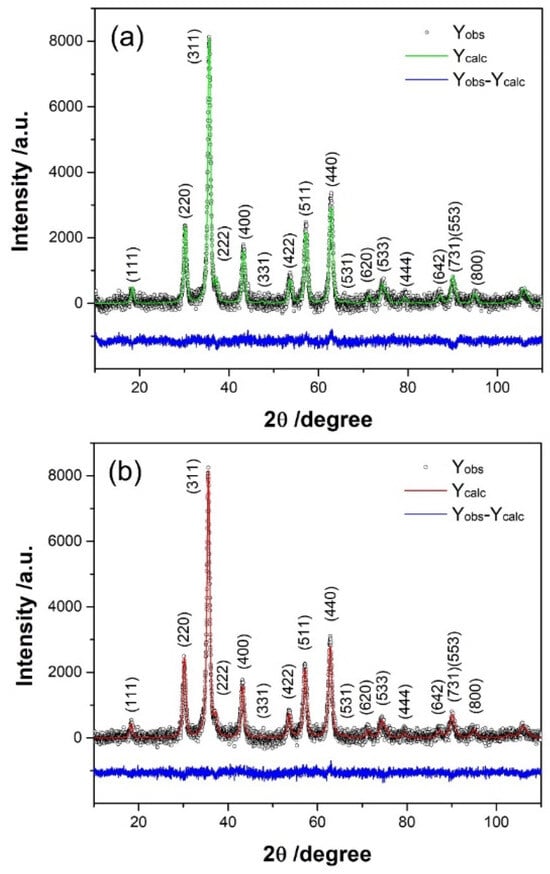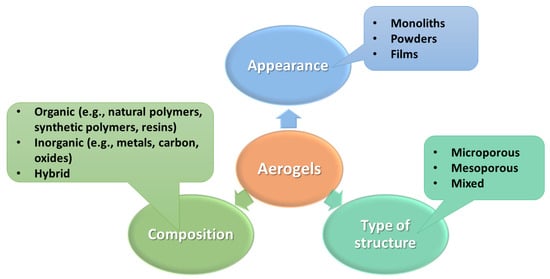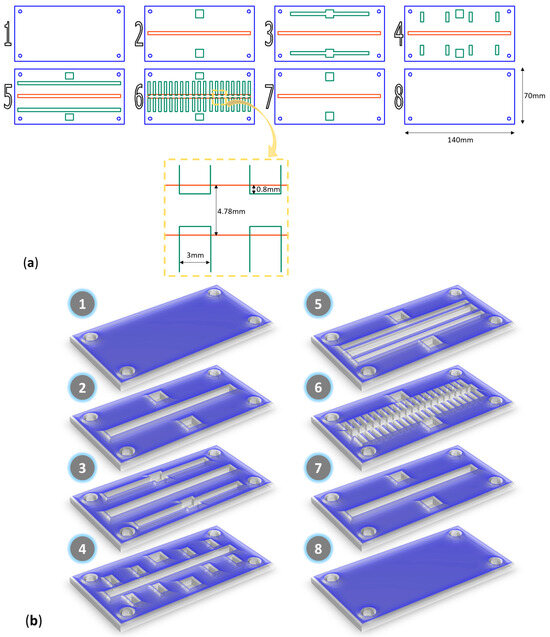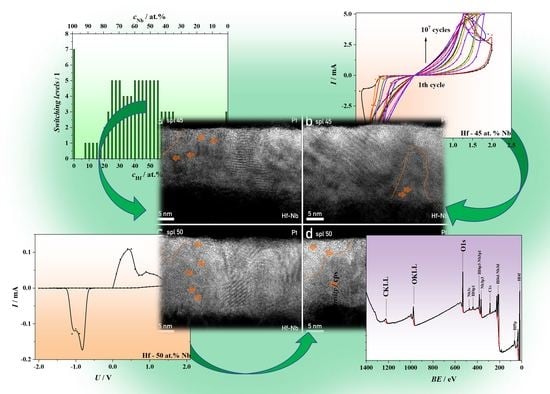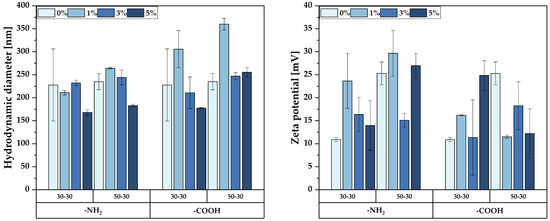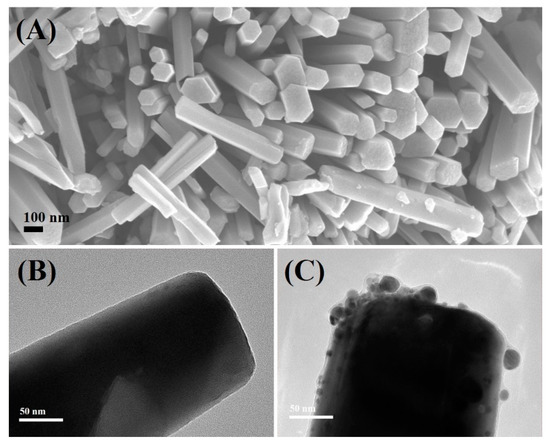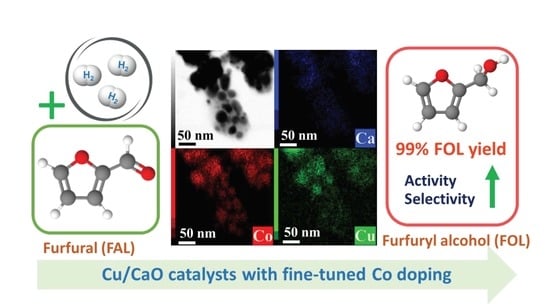Metallic and Metal Oxide Nanohybrids and Their Applications
A topical collection in Nanomaterials (ISSN 2079-4991). This collection belongs to the section "Nanocomposite Materials".
Viewed by 36854Editor
Interests: synthesis and characterization of nanobiomaterials; polymers; pharmaceutical nanotechnology; drug delivery; anti-biofilm surfaces; nanomodified surfaces; natural products
Special Issues, Collections and Topics in MDPI journals
Topical Collection Information
Dear Colleagues,
After more than half a century since their discovery, nanosciences still represent one of the most important breakthroughs of the modern world. The impressive advancements made within the fields of nanotechnology and nanobiotechnology have created novel means for the development and characterization of nanoparticles. Among them, metal and metal oxide nanoparticles possess unique physico-chemical properties, functionalities, and biological features which make them ideal candidates for a plethora of applications that range from environmental industries to pharmaceutical, cosmetics, and biomedical products and devices. The possibility to control and modulate their properties is constantly evolving, further allowing for the development of metal and metal oxide nanoparticles with multiple and various purposes. In this context, their utilization has become a part of daily life, with improvements and progress being continuously reported. Thus, we invite you to contribute to this Topical Collection on “Metallic and Metal Oxide Nanohybrids and Their Applications” with the most recent research and review articles exploring novel insights into metallic and metal oxide nanoparticles. This Topical Collection will encompass the most recent progress within the synthesis and characterization of inorganic nanostructured materials and their utilization in biomedical, pharmaceutical, cosmetics, food packaging and preservation, environmental depollution, and renewable and green energy industries.
Prof. Dr. Alexandru Mihai Grumezescu
Collection Editor
Manuscript Submission Information
Manuscripts should be submitted online at www.mdpi.com by registering and logging in to this website. Once you are registered, click here to go to the submission form. Manuscripts can be submitted until the deadline. All submissions that pass pre-check are peer-reviewed. Accepted papers will be published continuously in the journal (as soon as accepted) and will be listed together on the collection website. Research articles, review articles as well as short communications are invited. For planned papers, a title and short abstract (about 100 words) can be sent to the Editorial Office for announcement on this website.
Submitted manuscripts should not have been published previously, nor be under consideration for publication elsewhere (except conference proceedings papers). All manuscripts are thoroughly refereed through a single-blind peer-review process. A guide for authors and other relevant information for submission of manuscripts is available on the Instructions for Authors page. Nanomaterials is an international peer-reviewed open access semimonthly journal published by MDPI.
Please visit the Instructions for Authors page before submitting a manuscript. The Article Processing Charge (APC) for publication in this open access journal is 2900 CHF (Swiss Francs). Submitted papers should be well formatted and use good English. Authors may use MDPI's English editing service prior to publication or during author revisions.
Keywords
- advanced nanoparticle synthesis and characterization
- nanostructured drug delivery systems
- therapeutic nanoparticles
- nanoparticles for disease diagnosis
- environmental pollution treatment
- nanostructured food packages
- nanoelectronics







